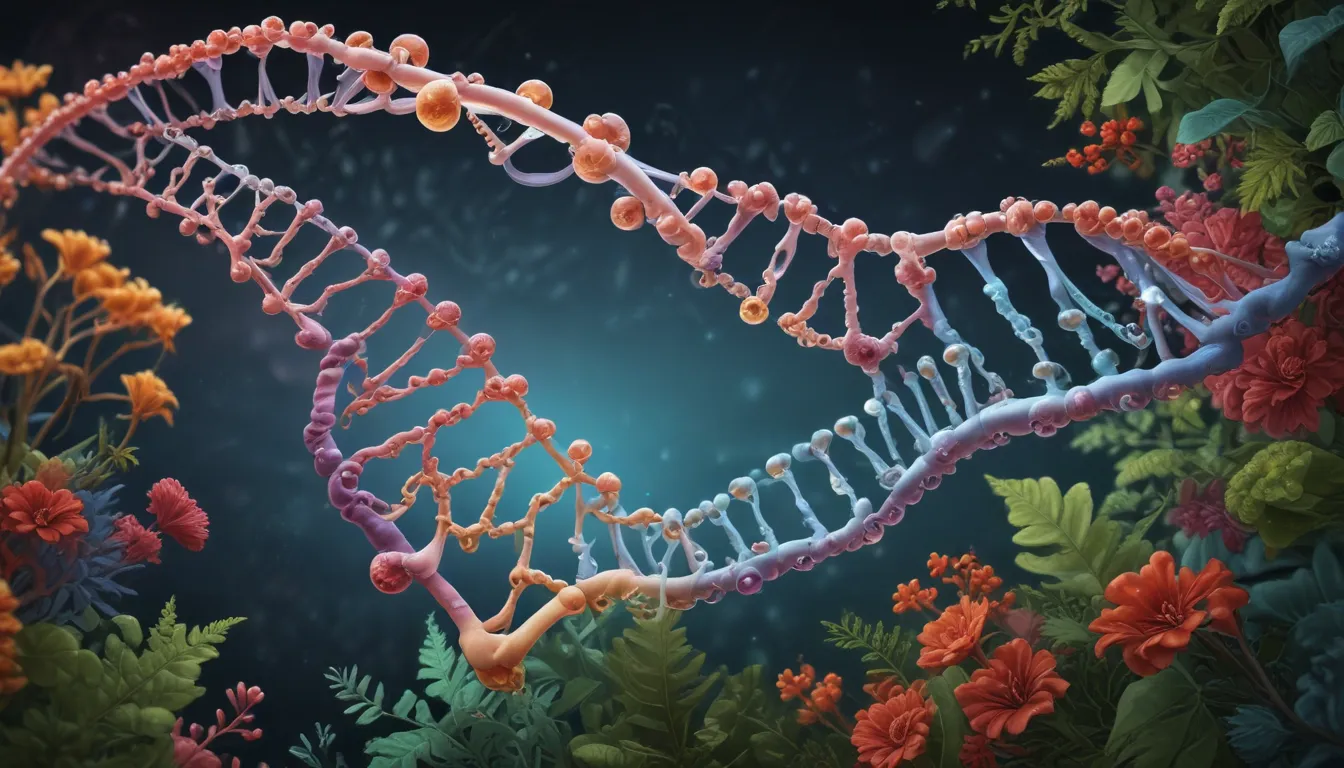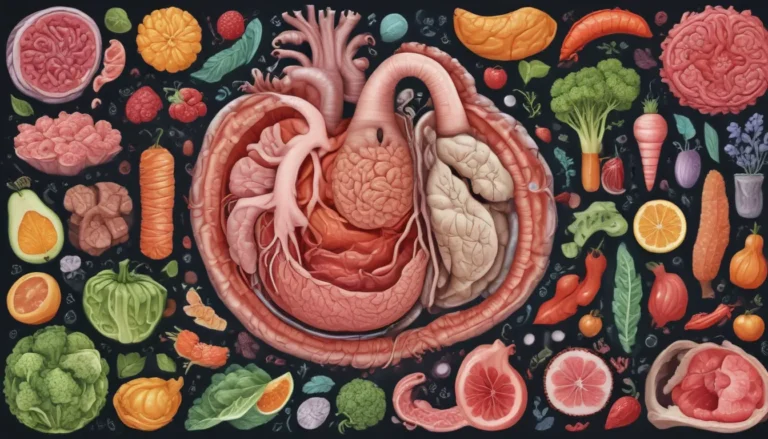A Note About Images: The images used in our articles are for illustration purposes only and may not exactly match the content. They are meant to engage readers, but the text should be relied upon for accurate information.
Have you ever wondered how our cells accurately produce proteins essential for life? Dive into the world of RNA processing, a pivotal step in gene expression that transforms primary RNA transcripts into functional RNA molecules. This elaborate process, occurring within the nucleus of eukaryotic cells, plays a crucial role in translating the genetic information encoded in DNA into tangible cellular functions.
Decoding the Complexity of RNA Processing
RNA processing is a captivating and multifaceted process that ensures the precise generation of proteins within our cells. From removing introns to adding protective caps and tails, each stage in RNA processing contributes to the regulation of gene expression. By unraveling the intricate mechanisms governing this process, we can gain valuable insights into the complexity of cellular functions and genetic regulation.
Unraveling Alternative Splicing: A Source of Genetic Diversity
One of the most intriguing aspects of RNA processing is alternative splicing, a mechanism that enables a single gene to produce multiple mRNA transcripts by selectively including or excluding specific exons. This process significantly contributes to genetic diversity by generating various protein isoforms from a single gene, highlighting the versatility of our genetic code.
Introns: Unveiling Their Regulatory Roles
While once termed as “junk” DNA, introns are non-coding regions within genes that are transcribed into pre-mRNA but removed during RNA processing. Recent studies have uncovered the vital regulatory functions of introns, such as influencing gene expression, facilitating alternative splicing, and even serving as mobile genetic elements, challenging previous misconceptions.
The Spliceosome: A Masterful RNA Processing Machinery
At the core of RNA splicing lies the spliceosome, a complex composed of small nuclear RNAs (snRNAs) and proteins. This intricate molecular machinery orchestrates the precise removal of introns and joining of exons by recognizing splice sites with remarkable accuracy. The spliceosome’s precision ensures the generation of functional mRNA molecules crucial for protein production.
RNA Editing: Expanding the Genetic Code
RNA editing is a post-transcriptional modification process that alters the RNA sequence, leading to variations in the final protein product. This mechanism enhances the functional potential of the genome by allowing the production of protein variants that are not directly encoded in the DNA sequence, providing a layer of genetic complexity.
mRNA Capping: Safeguarding and Guiding mRNA
During RNA processing, mRNA molecules receive a protective cap structure at their 5′ end. This cap not only shields the mRNA from degradation but also plays a pivotal role in mRNA stability, nuclear export, and initiation of protein translation, ensuring the accurate conveyance of genetic information.
Polyadenylation: Lengthening the mRNA Tail
Polyadenylation involves the addition of a poly(A) tail, a long string of adenine nucleotides, to the 3′ end of mRNA molecules. This modification is essential for mRNA stability, transport, and efficient translation initiation, showcasing the intricate mechanisms governing protein synthesis.
The RISC Complex: Guardian of Gene Expression
The RNA-induced silencing complex (RISC) plays a crucial role in regulating gene expression by suppressing translation or promoting mRNA degradation. Guided by small RNA molecules like microRNAs (miRNAs) or small interfering RNAs (siRNAs), the RISC complex targets specific mRNA sequences, exemplifying the intricate regulatory networks governing genetic information.
Quality Control Mechanisms: Ensuring RNA Integrity
Quality control mechanisms in RNA processing safeguard against the production of defective mRNA molecules. Pathways like nonsense-mediated decay and non-stop decay identify and degrade faulty transcripts to prevent the synthesis of non-functional or potentially harmful proteins, maintaining cellular integrity.
Unveiling the Complexity of Gene Expression
These eight remarkable insights into RNA processing offer a glimpse into the intricate and highly regulated world of gene expression. The orchestrated interplay of these mechanisms ensures the accurate production of proteins vital for cellular functions, highlighting the dynamic nature of genetic regulation.
By delving deeper into the realm of RNA processing, scientists can unravel the mysteries of diseases linked to gene expression abnormalities and pave the way for innovative therapeutic strategies. Understanding these intricate processes is akin to solving a complex puzzle that unravels the secrets of genetic regulation and cellular functionality.
A Glance Towards the Future
The study of RNA processing represents a captivating journey into the fundamental processes governing life at the molecular level. From polyadenylation’s role in gene expression to alternative splicing’s impact on protein diversity, each facet of RNA processing promises exciting discoveries waiting to be uncovered.
As researchers continue to unveil the complexities of RNA processing, new breakthroughs and insights into human diseases like cancer, neurodegenerative disorders, and genetic syndromes are anticipated. These advancements present unprecedented opportunities to deepen our understanding of the molecular mechanisms underpinning life’s intricate processes.
Frequently Asked Questions
Q: What is RNA processing?
A: RNA processing encompasses a series of modifications that refine primary RNA transcripts before they are utilized to produce proteins. These modifications include capping, splicing, and polyadenylation.
Q: Why is RNA processing important?
A: RNA processing is vital for generating mature and functional RNA molecules essential for regulating gene expression, creating protein diversity, and maintaining cellular balance.
Q: What is the significance of capping in RNA processing?
A: Capping involves adding a modified nucleotide to the 5′ end of RNA molecules. This protective modification shields RNA from degradation and aids in its export from the nucleus to the cytoplasm.
Q: What role does splicing play in RNA processing?
A: Splicing is the process of removing introns, non-coding regions of RNA transcripts, and joining the remaining exons. This step is crucial for producing a functional mRNA molecule for translation.
Q: How does polyadenylation contribute to RNA processing?
A: Polyadenylation entails adding a poly(A) tail, a chain of adenine nucleotides, to the 3′ end of RNA molecules. This modification safeguards RNA stability and influences mRNA regulation and translation.
Q: Are there diseases associated with RNA processing abnormalities?
A: Yes, abnormalities in RNA processing have been implicated in various diseases, including cancer, neurodegenerative disorders, and genetic syndromes. Understanding these irregularities provides insights into disease mechanisms and potential therapeutic targets.
Q: How is RNA processing studied?
A: RNA processing is investigated using a range of molecular biology techniques such as RNA sequencing, reverse transcription-polymerase chain reaction (RT-PCR), and genome-wide association studies (GWAS). These methods unveil various modifications and factors involved in RNA processing.
Q: What are the future prospects in the study of RNA processing?
A: As our understanding of RNA processing advances, future endeavors include identifying novel RNA processing factors, elucidating the role of RNA modifications in gene regulation, and exploring therapeutic interventions targeting RNA processing in disease contexts.
Embrace the Fascinating Realm of RNA Processing
Embark on a journey through the captivating world of RNA processing, where each discovery unlocks a new dimension of genetic regulation and cellular functionality. By delving into the intricate mechanisms governing gene expression, we unveil the mysteries of life at its molecular core, paving the way for groundbreaking insights and transformative discoveries in the realm of biology.
Unlock the secrets of RNA processing, unravel the complexities of genetic regulation, and embrace the wonder of cellular functionality. Let the enigmatic world of RNA processing inspire you as we venture into the forefront of scientific exploration and unveil the captivating truths that shape life itself.





